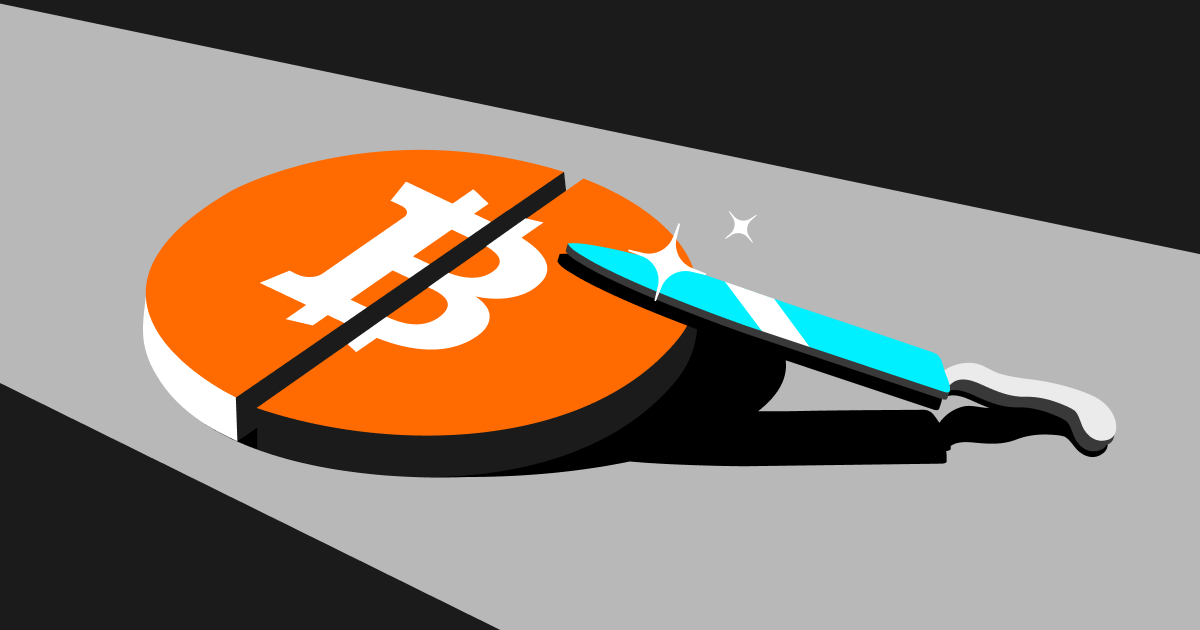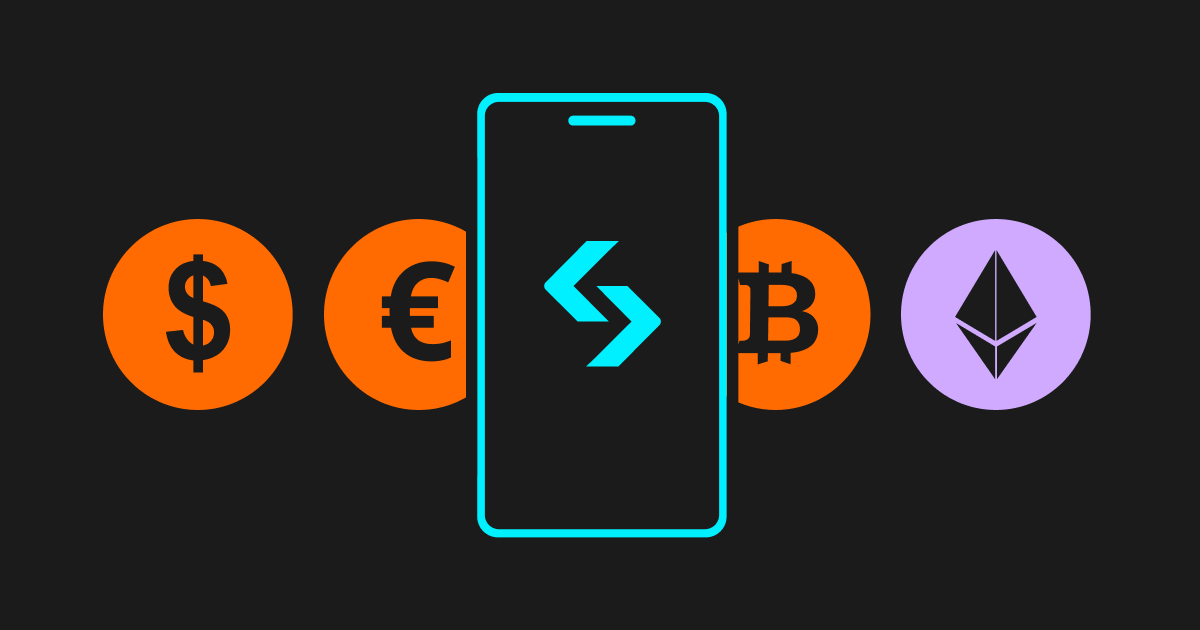Bitget: Ranked top 4 in global daily trading volume!
BTC market share58.43%
Current ETH GAS: 0.1-1 gwei
Hot BTC ETF: IBIT
Bitcoin Rainbow Chart : Accumulate
Bitcoin halving: 4th in 2024, 5th in 2028
BTC/USDT$86830.00 (-2.40%)Fear and Greed Index16(Extreme fear)
Altcoin season index:0(Bitcoin season)
Total spot Bitcoin ETF netflow +$75.4M (1D); -$1.66B (7D).Welcome gift package for new users worth 6200 USDT.Claim now
Trade anytime, anywhere with the Bitget app.Download now
Bitget: Ranked top 4 in global daily trading volume!
BTC market share58.43%
Current ETH GAS: 0.1-1 gwei
Hot BTC ETF: IBIT
Bitcoin Rainbow Chart : Accumulate
Bitcoin halving: 4th in 2024, 5th in 2028
BTC/USDT$86830.00 (-2.40%)Fear and Greed Index16(Extreme fear)
Altcoin season index:0(Bitcoin season)
Total spot Bitcoin ETF netflow +$75.4M (1D); -$1.66B (7D).Welcome gift package for new users worth 6200 USDT.Claim now
Trade anytime, anywhere with the Bitget app.Download now
Bitget: Ranked top 4 in global daily trading volume!
BTC market share58.43%
Current ETH GAS: 0.1-1 gwei
Hot BTC ETF: IBIT
Bitcoin Rainbow Chart : Accumulate
Bitcoin halving: 4th in 2024, 5th in 2028
BTC/USDT$86830.00 (-2.40%)Fear and Greed Index16(Extreme fear)
Altcoin season index:0(Bitcoin season)
Total spot Bitcoin ETF netflow +$75.4M (1D); -$1.66B (7D).Welcome gift package for new users worth 6200 USDT.Claim now
Trade anytime, anywhere with the Bitget app.Download now
What is Bitcoin halving?
The Bitcoin block reward halves every 210,000 blocks. This halving occurs approximately every four years. The first halving occurred in 2012 at block height 210,000; the second halving in 2016 at block height 420,000; the third halving in 2020 at block height 630,000; the fourth halving in 2024 at block height 840,000. Subsequent halvings follow this pattern: The fifth halving is projected for 2028 at block height 1,050,000; the sixth halving around 2032 at block height 1,260,000; the seventh halving circa 2036 at block height 1,470,000, and so on.
After each Bitcoin halving, the block reward is reduced. The progression follows this predictable pattern: Initial reward: 50 BTC per block. After the first halving: 25 BTC. After the second halving: 12.5 BTC. After the third halving: 6.25 BTC. After the fourth halving: 3.125 BTC. Projected reward after the fifth halving in 2028: 1.5625 BTC. Projected reward after the sixth halving: 0.78125 BTC. Projected reward after the seventh halving: 0.390625 BTC, and so on.
Bitcoin halving has a huge impact on the price of Bitcoin as it is a mechanism to periodically reduce the number of new coins issued with each new block and slow down the fresh supply of Bitcoins. Every Bitcoin halving event has historically been tied closely to the crypto bull market.
Bitcoin halving events and market trends
Bitcoin has undergone multiple halvings to date, each triggering significant price volatility with observable cyclical patterns:
First Bitcoin halving cycle:November 28, 2012 – July 10, 2016: During this cycle, there were two Bitcoin rallies in April and November 2013, where Bitcoin surged 2300% from US$12 to US$288 and 1782% from US$66 to US$1242, respectively.
Second Bitcoin halving cycle:July 10, 2016 – May 12, 2020: During this cycle, there was one post-halving rally in December 2017 where Bitcoin skyrocketed 4158% from US$648 to US$19,800.
Third Bitcoin halving cycle:Cycle of May 12, 2020 – April 20, 2024: Two bull markets emerged. First bull run (April 2021): Bitcoin price surged by 693% from $8181 to $64,895. Second bull run (November 2021): Bitcoin price rose by 135% from $29,296 to $69,000.
Fourth halving cycle:From April 20, 2024, to March 2028, during the halving cycle, Bitcoin has once again reached a new all-time high. On the day of Bitcoin's fourth halving, the price stood at $64,262. Following a seven-month consolidation period, a new bullish phase began in November 2024. As of now, Bitcoin has risen by 35.33%.
The current market price of Bitget is $86964.27, -2.37% in the past 24 hours and -3.60% in the past seven days. For more details, head toBitcoin price data
Block rewards and Bitcoin fresh supply after each halving
The halving mechanism was coined by Satoshi Nakamoto in the Bitcoin whitepaper “A Peer-to-Peer Electronic Cash System”.
It is stipulated that Bitcoin halves as every 210,000 blocks are mined, until the whole supply of 21 million Bitcoins are mined.
Bitcoin halvings occur every 210,000 blocks, as evidenced at heights 210,000, 420,000, 630,000, and 840,000. At block height 1,050,000, the fifth halving will occur, with the reward reduced from 3.125 BTC to 1.5625 BTC. At block height 1,260,000, the sixth halving will occur, with the reward reduced from 1.5625 BTC to 0.78125 BTC. At block height 1,470,000, the seventh halving will occur, with the reward reduced from 0.78125 BTC to 0.390625 BTC, and so on.
Price impact of Bitcoin halvings
Every Bitcoin halving event has historically been tied closely to the crypto bull market. We witnessed Bitcoin soar to a new all-time high within 6–18 months after a halving event. Inevitably, the industry always keeps a close eye on the impact of halving.
On the day of Bitcoin's fourth halving, the price stood at $64,262. Following a seven-month consolidation period, a new bullish phase began in November 2024. By December 2024, Bitcoin had already broken through the $100,000 milestone, and its all-time high continues to be pushed even higher.
Will the next Bitcoin halving lead to a new bullish run?
Halving has a huge impactLess so
YesNo
Supporting
1
All three halving events in the history of Bitcoin were followed by a price surge, which adds to the evidence that the halving will indeed have a positive impact on the price of Bitcoin.
2
In terms of demand, the BRC-20 boom seems to have brought the Bitcoin ecosystem to a new level of popularity.Bitcoin, once viewed as "digital gold," has served as a store of value. Now, with a richer ecosystem, the demand for Bitcoin is expected to increase further.Furthermore, the surge in institutional investments has spurred a growing number of transaction requests, consequently driving an upswing in the demand for Bitcoin.
3
In terms of supply, Bitcoin has a hard cap of 21 million by design. The halving takes place around every four years to curb inflation and control Bitcoin supply.With such low supply elasticity, an increase in demand coupled with a decrease in supply will likely lead to a price rise.
Disagreeing
1
Bitcoin halving is not a direct cause of bull markets. The first bull market was driven by a strong demand for anonymous payments. The second one derived from the ICO boom as funds poured in. The third one was rooted in the development of blockchain industry applications during the DeFi Summer. The fourth is more likely to come from the impetus of the explosive development of blockchain industry applications.
2
Price fluctuation is determined by supply and demand in the long run. The reason behind a Bitcoin price increase is either the growth of demand or the shortage of supply. The percentage of unmined Bitcoins is quite small, and halving could only have limited impact on the supply. Therefore, halving is not a major factor for driving up the price of Bitcoin.
3
If we take a closer look at Bitcoin's past bull and bear markets, it can be observed that macro liquidity, including the monetary policies and liquidity conditions of global central banks, plays a more significant role in influencing the Bitcoin market.Easing monetary policy and abundant liquidity are more likely to drive the price of Bitcoin higher, while tighter monetary policy and limited liquidity could put downward pressure on the price.
Buy crypto with auto-invest before the next bull market
Monthly auto-invest amount
$
Auto-invest period (months)
Average auto-invest cost
$
Target selling price
$
Estimated auto-invest profit
$
Buy Now
Recommended reads
FAQ
Bitcoin halving related articles
- Easy Steps to Purchase Bitcoin Before the Halving Rush2024-03-20 | 5




